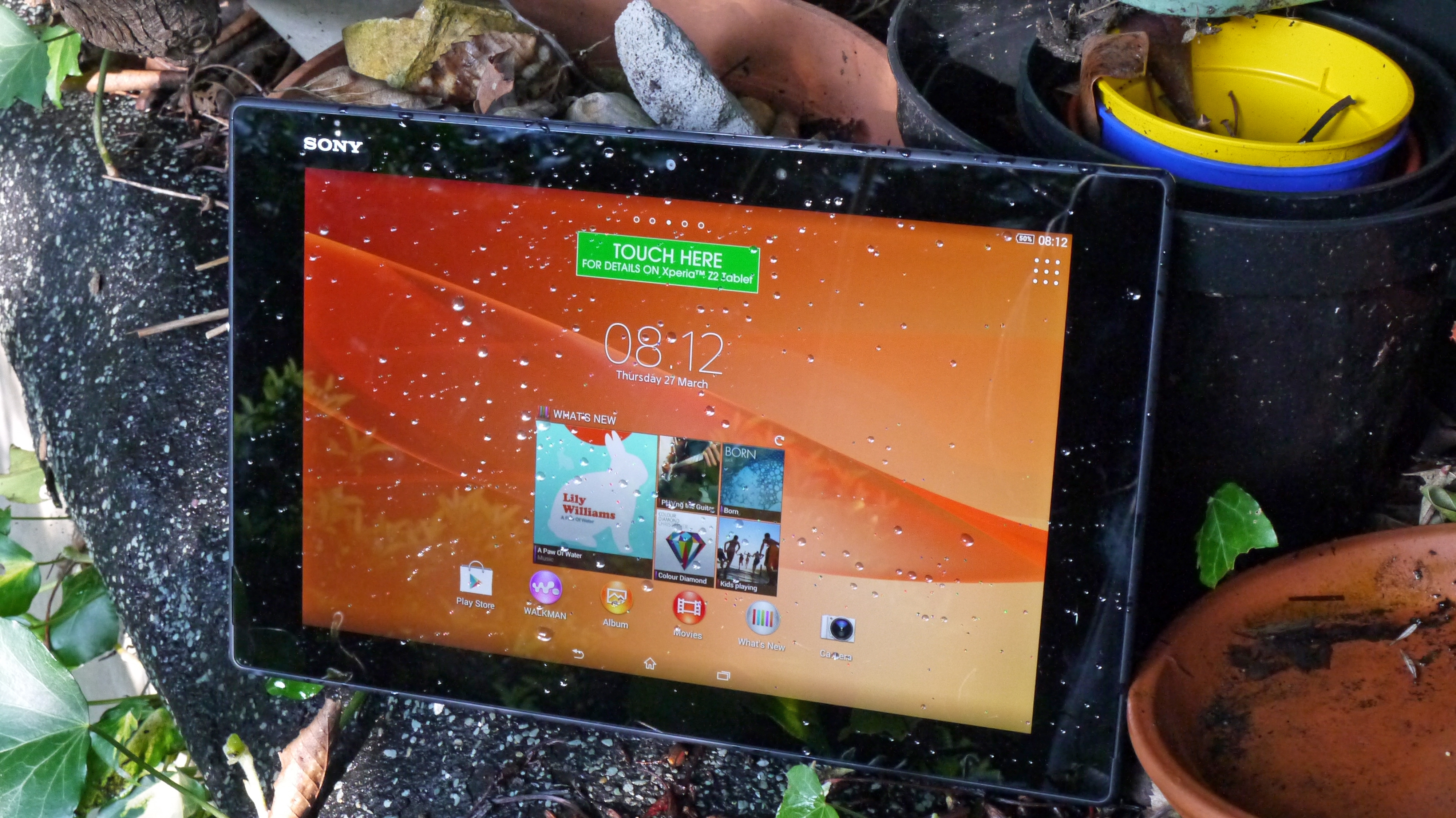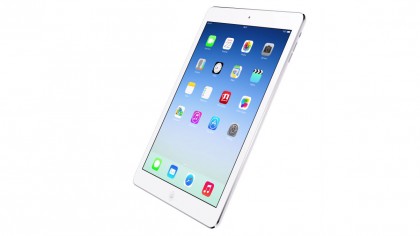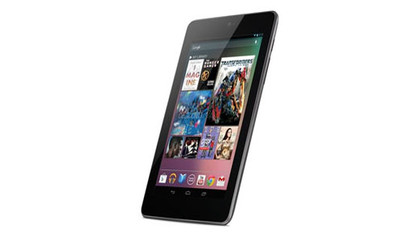Tablet buying guide: which tablet should I buy?
All you need to know about the world of tablets

There are plenty of compelling reasons that explain why you should buy a tablet. They're portable, they start up instantly, they're easy to use, and they feature an ever-expanding eco-system of apps, not to mention access to a world of entertainment.
If you want something for web browsing, email, and a spot of casual gaming, then you want a tablet.
Once you've decided to bag yourself a tablet you'll be wondering how to choose the right one. That's where this guide comes in.
We'll cut through the jargon and explain what to look out for, which specs count, and how much you can expect to spend. Pour yourself a coffee, get comfortable, and let us help you find your ideal tablet.
What types of tablet are there?
Why you can trust TechRadar
The tablet market has exploded over the last couple of years, but all of the choice out there can be broken down into three main categories - the larger 10-inch brigade, the 7-8 inch and the 'for kids' models.
12-inch tablets are starting to appear, but these are heavily aimed at the business market.
10 inch

Large tablets are ideal for use around the home. The extra screen real estate is great for watching movies, reading magazines, browsing the web. A 10-inch tablet with a keyboard accessory can realistically serve as a laptop replacement.
7 inch – 8 inch

If you want something to accompany you on your travels then you'll find small tablets are ideal. They can be held comfortably one-handed, and you can even slip one into a large pocket.
They're a great size for reading books, but the smaller screen and generally weaker speakers makes for a less satisfying movie watching experience.
Best tablet for kids
There are a few tablets out there aimed squarely at kids. They generally have a limited user interface that allows you to easily restrict content for suitability. They also tend to be a bit more rugged.
Unfortunately labelling a tablet as "for kids" can be an excuse to stitch together a bunch of disappointing specs in a brightly colored plastic frame. It's always worth considering buying a decent tablet and just installing the right apps and a sturdy case on your own - plus most allow you to lock down the OS to just the activities you think they should be looking at.
Amazon's Kindle Fire HDX even has a setting that lets you specify the amount of time spent on the tablet... good for both kids and adults who are getting slowly more addicted to staring at the screen.

If you're willing to invest the time you can often squeeze a bit more value for money from the DIY approach, and you'll have a tablet that the adults won't mind using when the kids are tucked up in bed.
Five key elements for buying a tablet
When you're thinking about buying a new tablet, the spec list can be daunting to some. Here are a few common areas of consternation, and our handy tips on what's right for you:
Resolution
The higher the resolution, the sharper your screen will be. The amount of time you'll spend staring at that screen justifies the extra expense.
If you're not really used to HD screens then economizing with a low resolution might be tempting. Just remember that it will impact on everything. Reading, watching movies and gaming, are all significantly nicer on higher resolutions screens.
Storage
The bumps in storage can be outrageously expensive at first glance. The truth is they still look expensive at second glance, but don't be too tempted to go for the lowest priced model.
If you short change yourself in the storage stakes you're in for a frustrating time. You need enough room for all your files, media, and apps.
The latest games can eat up huge swathes of space and cloud storage or other external solutions are still no substitute for internal storage.
Put simply: aim for at least 16GB of internal storage to be safe, even if you don't think you'll be downloading a lot of content. You'll thank us later.
If you can find a model with a microSD slot, all the better, as this is a great silo for photos, movies and other media that won't take up valuable space for apps.
Platform
We can't recommend that you consider BlackBerry, so you've got a choice of Android, iOS, or Windows as the platform on your tablet.
In the tablet world the iPad claims the most tablet-optimized, quality apps. Android has an extensive choice with a high proportion of free apps, but many are designed for phones, so they can't boast the same level of polish.
Microsoft offers full-fat Windows 8.1, which brings a consistency across devices and should appeal to business users, or the cut down Windows RT, which looks weak in terms of function next to Android and iOS, although neither have a particularly comprehensive apps library.
Wireless Connectivity
Do you go for Wi-Fi or cellular? If you're mainly using your tablet around the home then the extra expense of a cellular connection is not worth it.
You only need cellular if you know you'll be using your tablet to venture online somewhere you can't get access to Wi-Fi. Bear in mind that you'll need a data plan as well.
Processor and RAM
This will have a big impact on the speed of your tablet and its ability to handle multiple tasks. Generally speaking, the higher the processor speed and RAM the better. Quad core tablets perform better, dual core options are kinder to the battery.
It's not a direct relationship, because manufacturers like Apple are able to squeeze impressive performance out of ostensibly lower specs because of the system architecture, but it's a measure worth watching in the Android line-up.
You need to pay special attention to this if you want to play the latest graphically intensive games.
- 1
- 2
Current page: Your tablet options and 5 things to know
Next Page Cost, our recommendations and jargon explainedSign up for breaking news, reviews, opinion, top tech deals, and more.